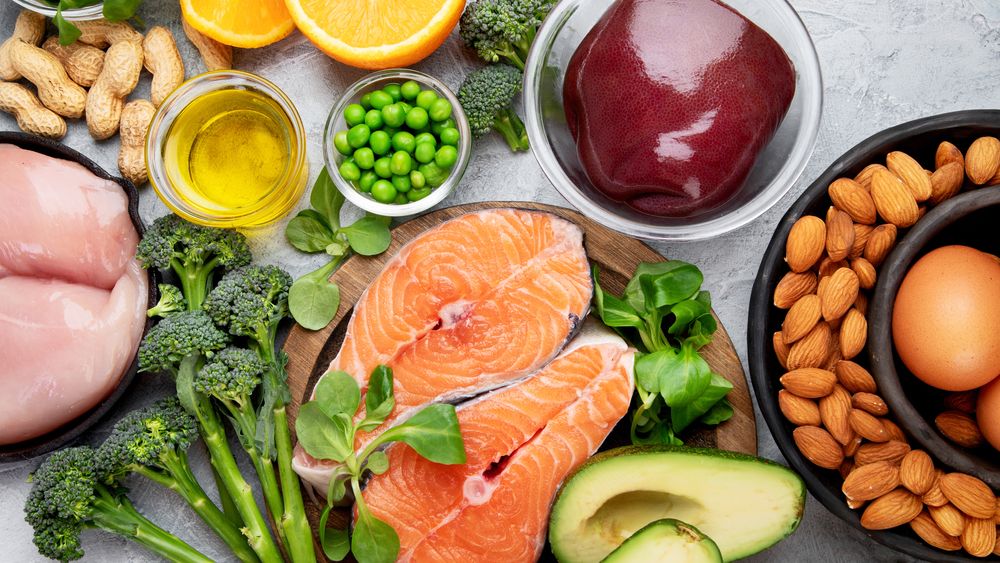We often associate iron with the risk of not having enough of it. When you visit your doctor complaining of fatigue, lethargy, or weakness, they may routinely check your iron levels to ensure you have an adequate supply of this essential mineral. The reason for this is that insufficient regular intake of iron can lead to a reduction in the size of your red blood cells, impairing their ability to transport the usual amount of oxygen from your lungs to other parts of your body. This condition could potentially lead to iron-deficiency anemia, resulting in fatigue and overall bodily weakness. Fortunately, there are numerous high-iron foods you can incorporate into your diet to help address this concern.
The Advantages of Incorporating Iron-rich Foods into Your Diet Include
As stated by the National Institutes of Health (NIH), iron plays a pivotal role in the production of myoglobin, which supplies oxygen to your muscles, and hemoglobin, which transports oxygen from your lungs to all parts of your body. To enjoy these advantages and safeguard yourself from iron deficiency, you can incorporate iron-rich foods into your daily dietary regimen.
There are two primary types of iron found in food: heme iron and non-heme iron. Heme iron is present in animal products, while non-heme iron is found in plant-based foods. While both types offer benefits, it's worth noting that the body absorbs heme iron more efficiently than non-heme iron, as stated by the NIH.
What Is the Recommended Daily Iron Intake?
The daily recommended iron intake, expressed as the Daily Value (DV), primarily varies based on your age group, gender, and dietary habits. For women aged 19-50, the DV is 18 milligrams, whereas for men in the same age range, it is 8 grams. However, as previously mentioned, non-heme iron from plant-based sources is not absorbed as efficiently as heme iron, which implies that vegetarians and vegans may require a higher dietary iron intake compared to others.
Top Iron-Rich Foods
The subsequent iron-rich foods are categorized as either "excellent" or "good" sources of iron. The FDA designates an "excellent source" of iron as a food providing over 20% of your daily value, while a "good source" contains between 10-19% DV.
1) Black Beans
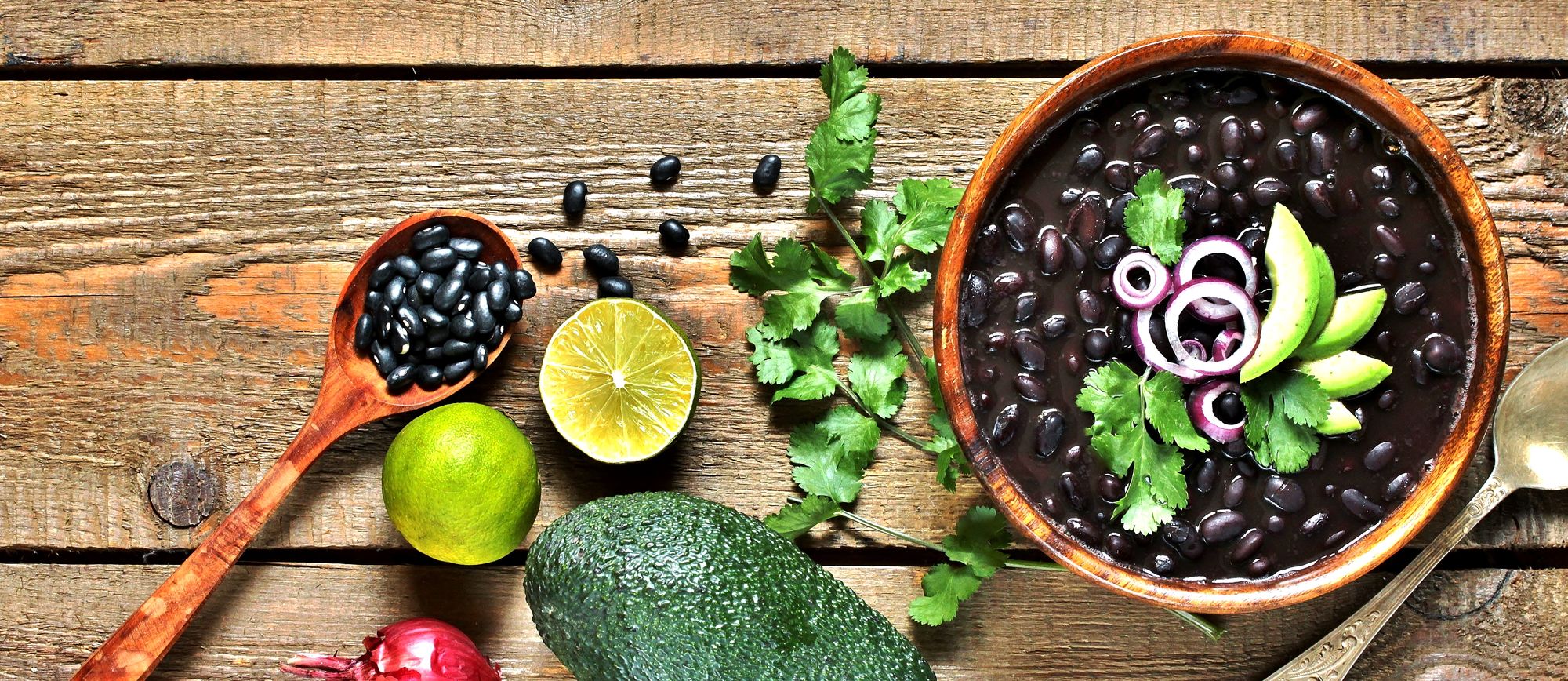
Iron per 1/4 cup: 4 mg (22% Daily Value)
Black beans stand out as one of the healthiest plant-based additions to your diet. Not only are they a rich source of iron, but they also provide nearly 10 grams of protein and 7 grams of fiber in each serving. According to a study focusing on Blue Zone regions, as published in the American Journal of Lifestyle Medicine, black beans (alongside lentils, soybeans, and fava beans) are considered a fundamental component of the diets of many centenarians. In essence, some of the world's healthiest individuals regularly incorporate beans like these into their meals.
2) Beef Liver
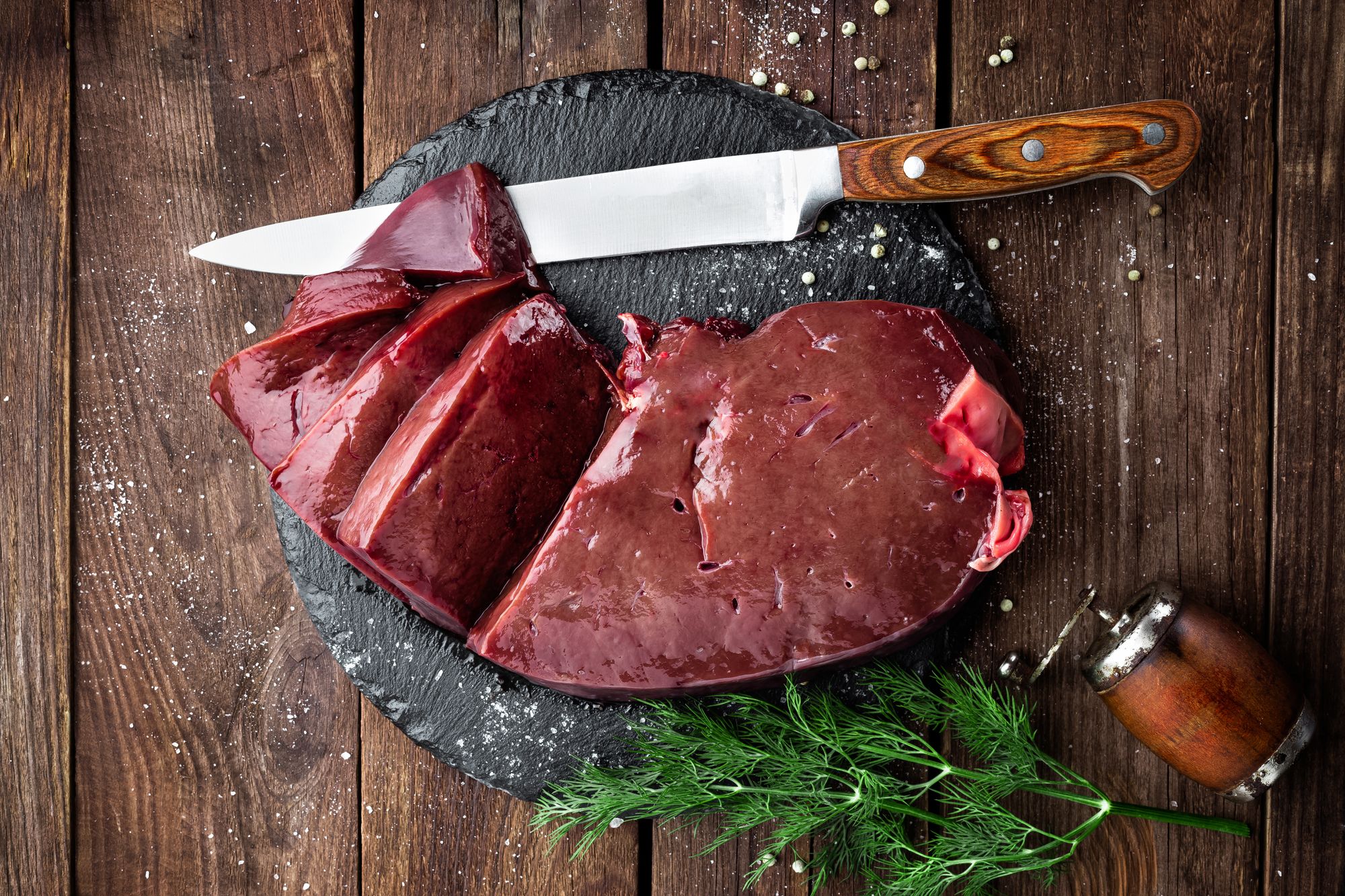
Iron per 3 ounces: 5.6 mg (31% Daily Value)
Among animal products rich in heme iron, beef is a top choice, but when it comes to iron content, the liver surpasses most other parts of the cow. If you've ever tasted beef liver, you might have noticed its slightly "irony" flavor, which aligns with the fact that a serving of this organ provides more than 30% of your daily iron requirement. For a way to enjoy liver without its distinctive taste, consider cooking it, finely chopping it, and blending it with ground beef to create homemade burgers. This clever trick can help you incorporate liver into your diet without even noticing it!
3) Spinach
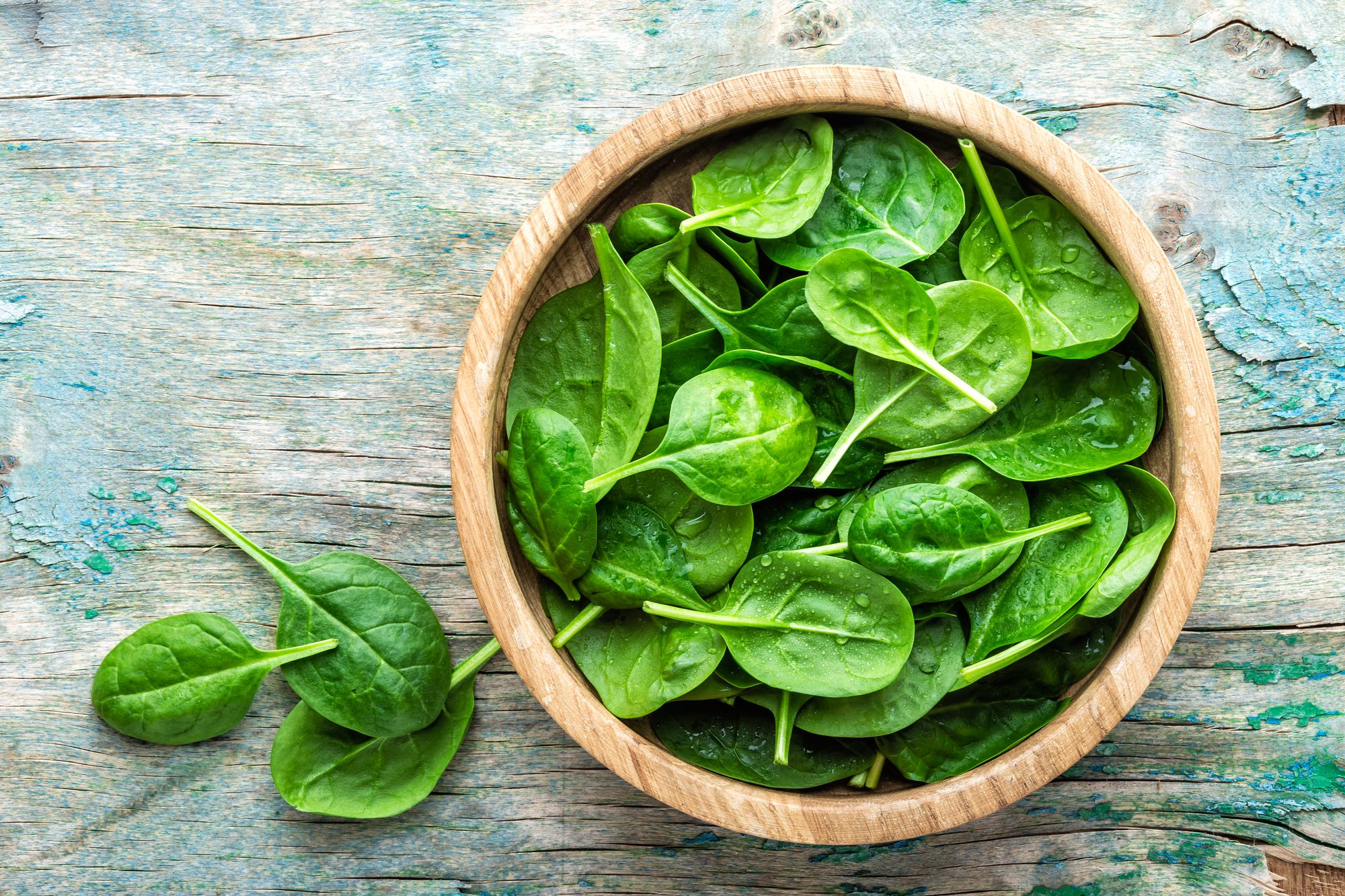
Iron per 1/2 cup, boiled: 3.2 mg (18% Daily Value)
Popeye was known for his love of spinach, attributing it to his strong muscles. While spinach alone may not be sufficient for muscle building, it does offer a significant dose of iron in every serving. In addition to iron, spinach also supplies a respectable amount of protein, potassium, calcium, and vitamin K.
4) Pumpkin Seeds
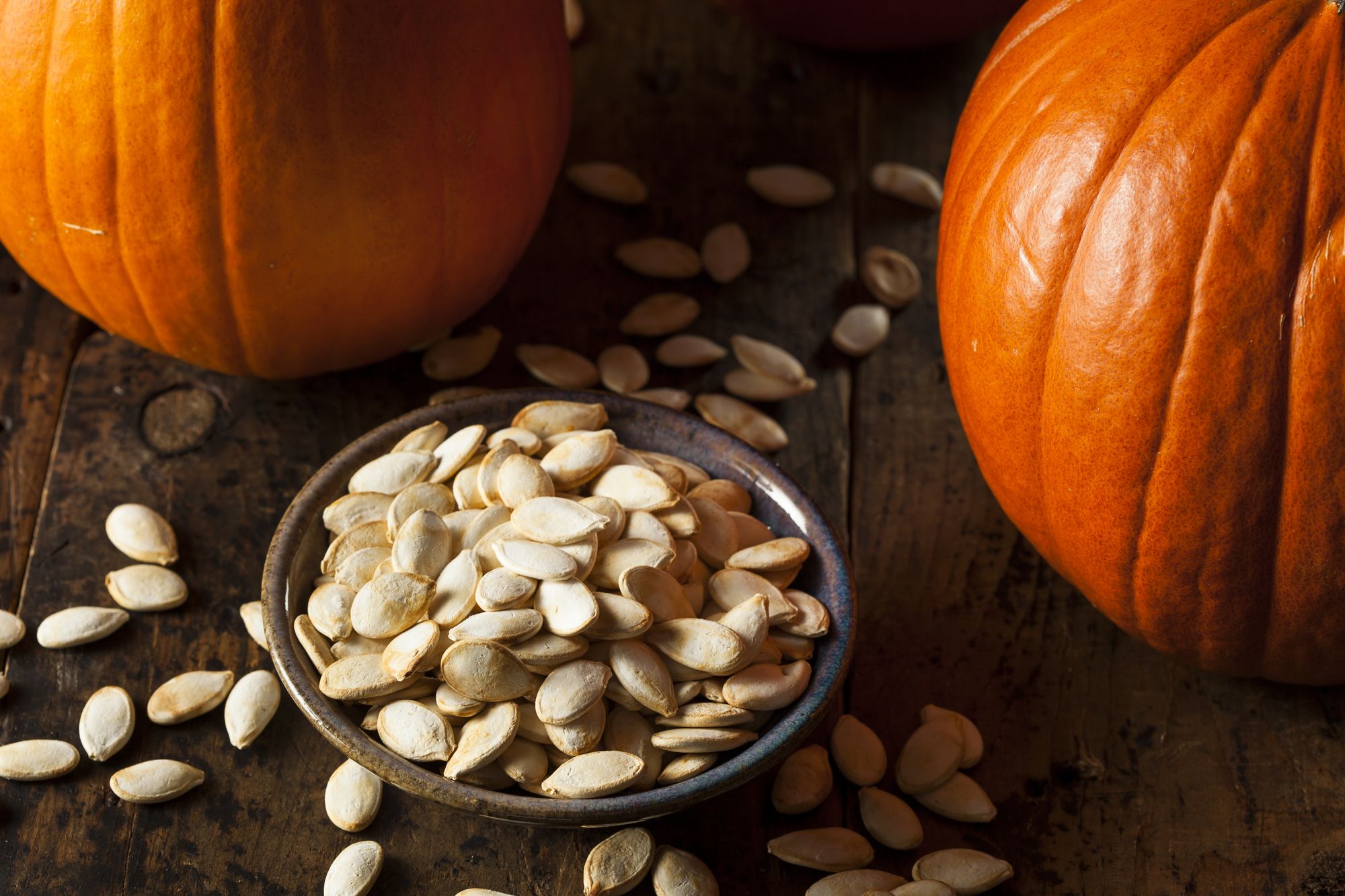
Iron per ounce: 2.3 mg (13% Daily Value)
Pumpkin seeds offer more than just a role in the Halloween Jack-o'-lantern ritual. When roasted and lightly salted, they become a delightful snack packed with numerous health advantages, including a generous 13% of your daily iron requirement. In addition to iron, pumpkin seeds provide a wealth of benefits such as protein, fiber, healthy fats, manganese, selenium, and folate.
5) Oysters
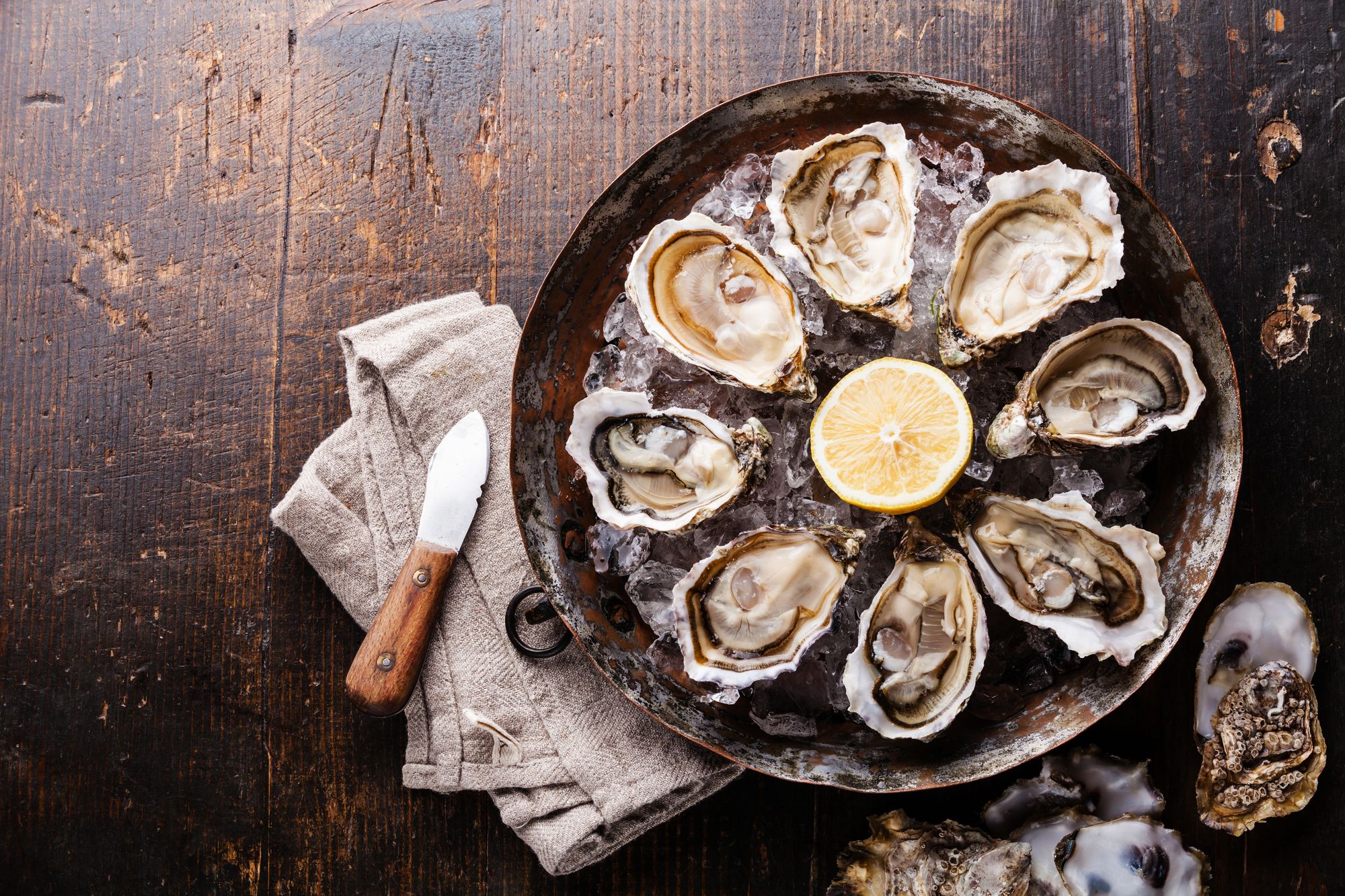
Iron per 3 ounces: 7.8 mg (43% Daily Value)
Renowned for their reputation as an aphrodisiac food, oysters are not only rich in zinc but also contain a substantial amount of iron, providing 43% of your daily value in just a 3-ounce serving. Pair them with white wine and your favorite oyster condiments, such as vinegar or hot sauce, for a delightful iron-packed mollusk feast.
6) Fortified Rice Puff Cereal
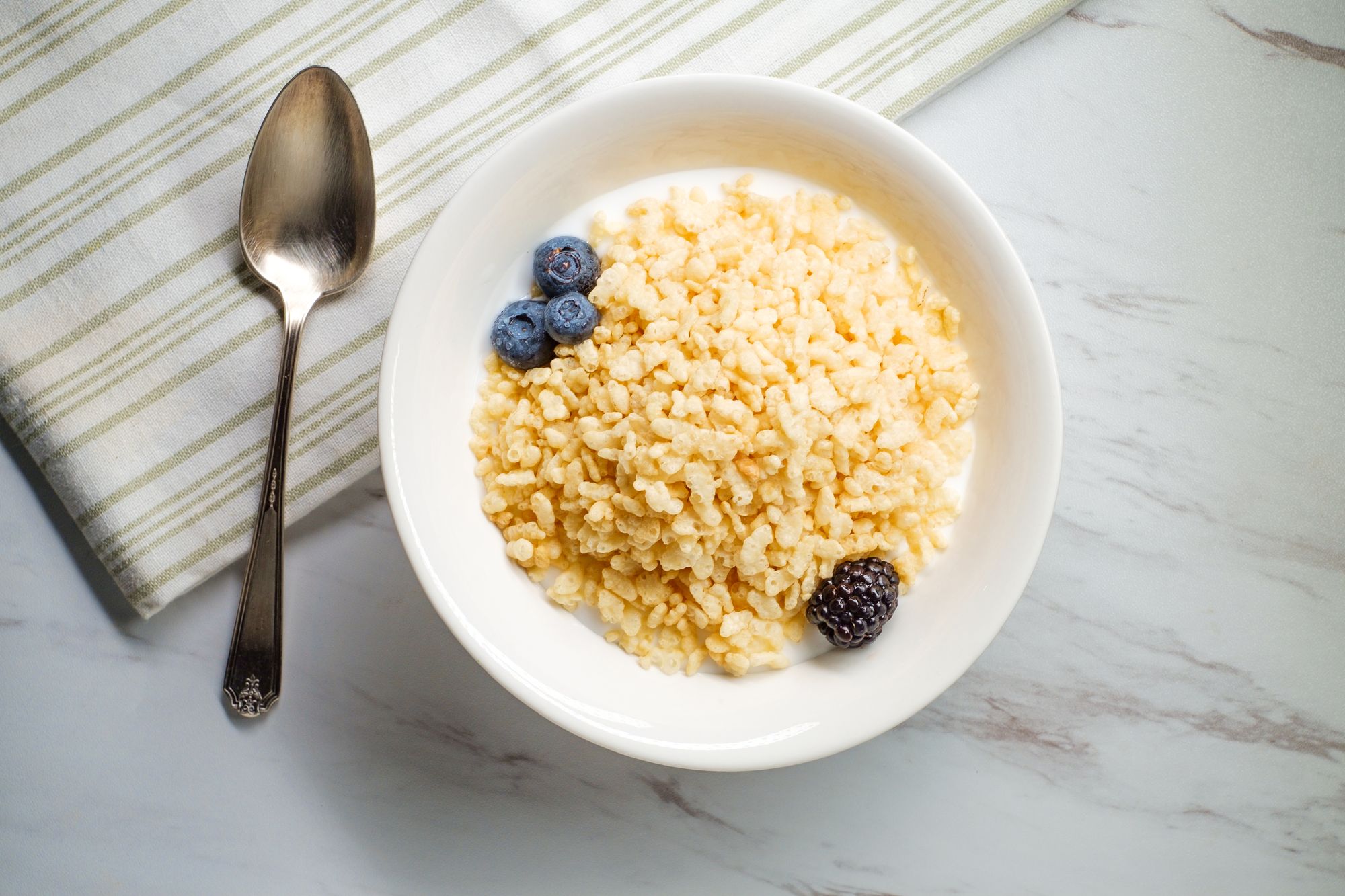
Iron per cup: 4.4 mg (24% Daily Value)
The nutritional value of cereal can vary depending on the brand you choose. Opting for sugary cereal with minimal nutrients and vitamins may leave you feeling hungry long before lunch. However, many cereals available are fortified, meaning they have been enriched with specific vitamins and minerals. An average cup of fortified rice puff cereal contains more than 4 milligrams of iron, providing 24% of your daily iron requirement.
7) Canned Tuna
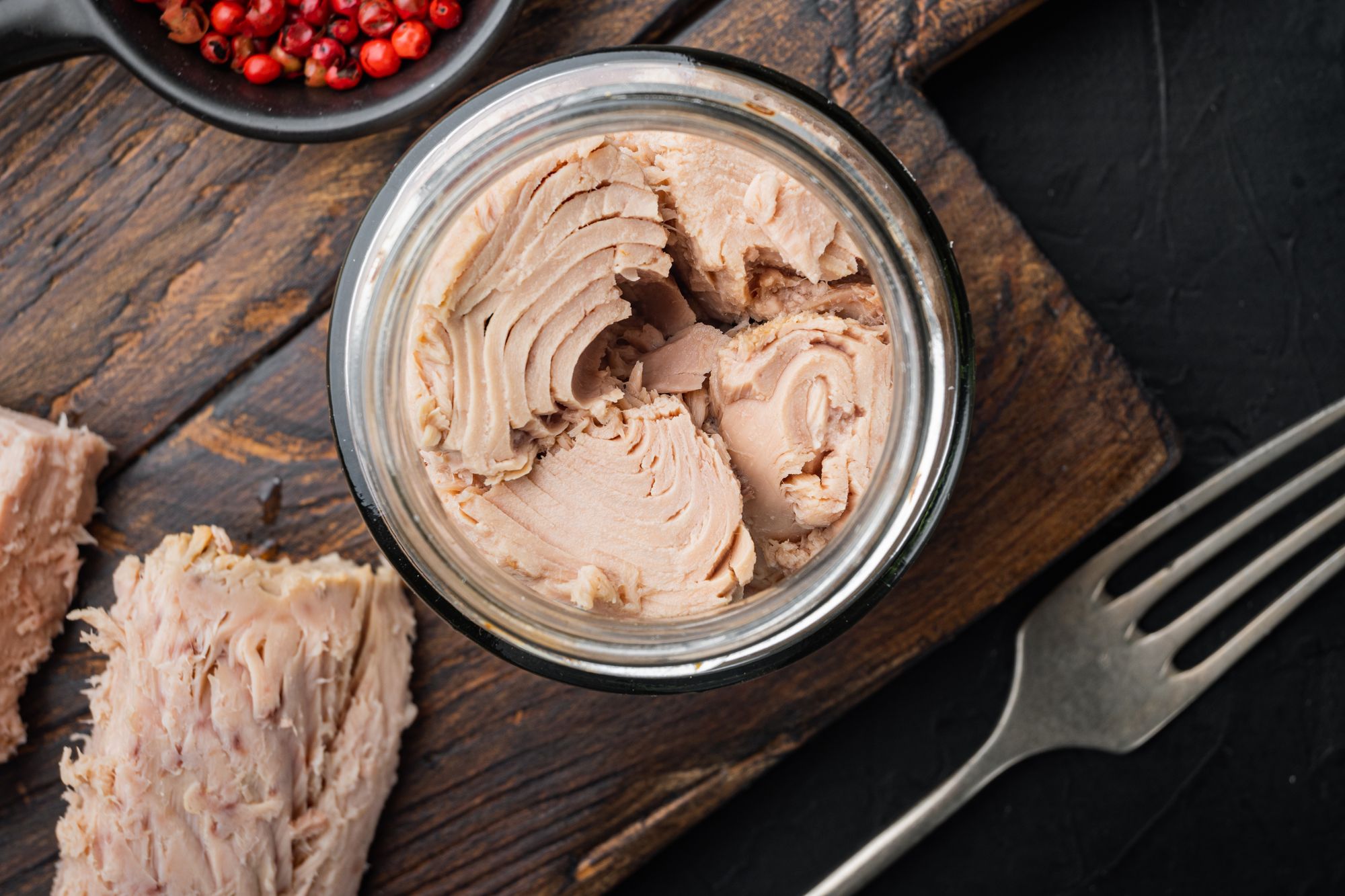
Iron per can: 1.8 mg (10% Daily Value)
When you're in a rush and looking for a fast and iron-rich lunch or snack option, reaching for a can of tuna to make a tuna salad sandwich is a convenient choice. Each average can of tuna provides approximately 1.8 milligrams of iron, contributing to about 10% of your daily iron requirement. Additionally, tuna is a great source of protein and healthy fats.
8) Lamb
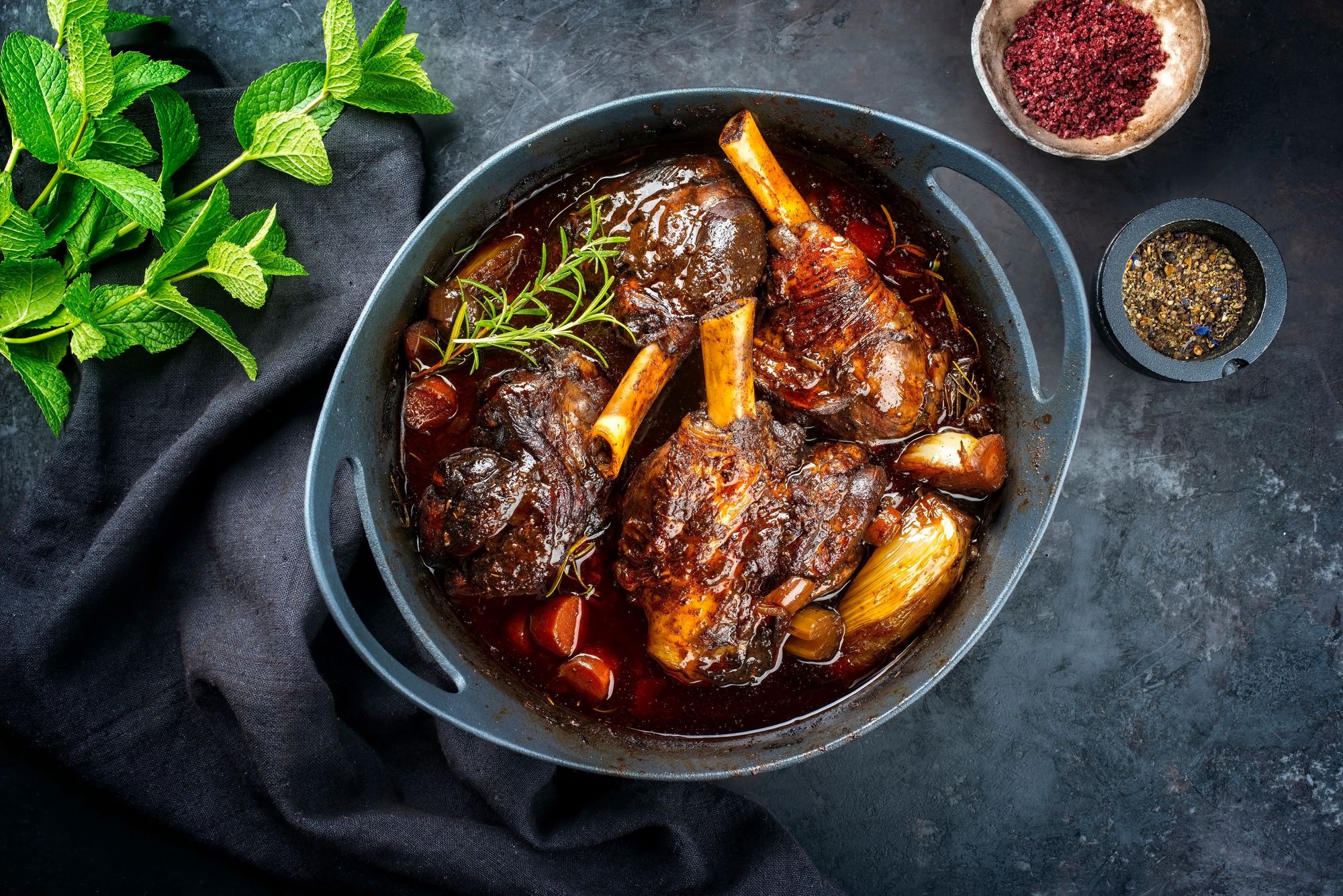
Iron per 4 ounces of ground lamb: 1.75 mg (10% Daily Value)
Iron is present in various types of red meat, but certain cuts and meats are richer in iron content than others. To acquire approximately 10% of your daily iron requirement, consider preparing dishes like Greek-style meatballs or Middle Eastern kofta kebabs using ground lamb. If you prefer lamb chops, a 3-ounce serving will contribute 7% of your recommended daily iron intake.
In addition, similar to beef, the spleen of a lamb contains the highest iron content among its organs, providing a remarkable 183% of your daily iron value. However, for a simpler and more enjoyable way to increase your iron intake, lamb chops are an excellent choice.
9) Lentils
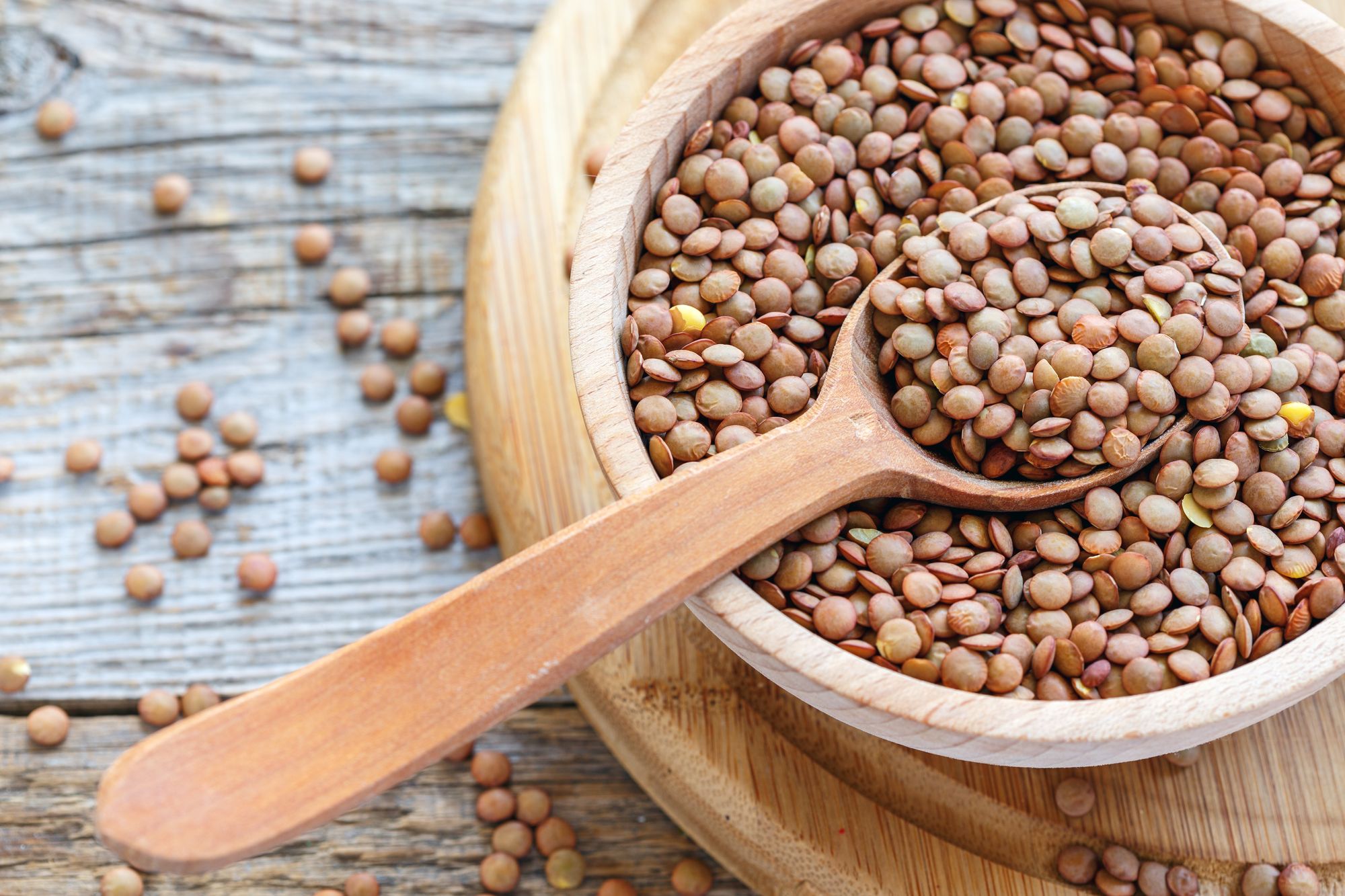
Iron per 1/2 cup, boiled: 3.3 mg (18% Daily Value)
Lentils offer another beneficial plant-based reservoir of protein, fiber, and iron. However, unlike tofu, lentils are categorized as "incomplete" proteins, signifying that they lack some of the nine essential amino acids. This doesn't diminish their value, but if you're consuming lentils for their iron and protein content, it's a good idea to complement them with a complete protein source like meat, poultry, tofu, or tempeh to ensure you get a well-rounded amino acid profile.
10) Sesame Seeds
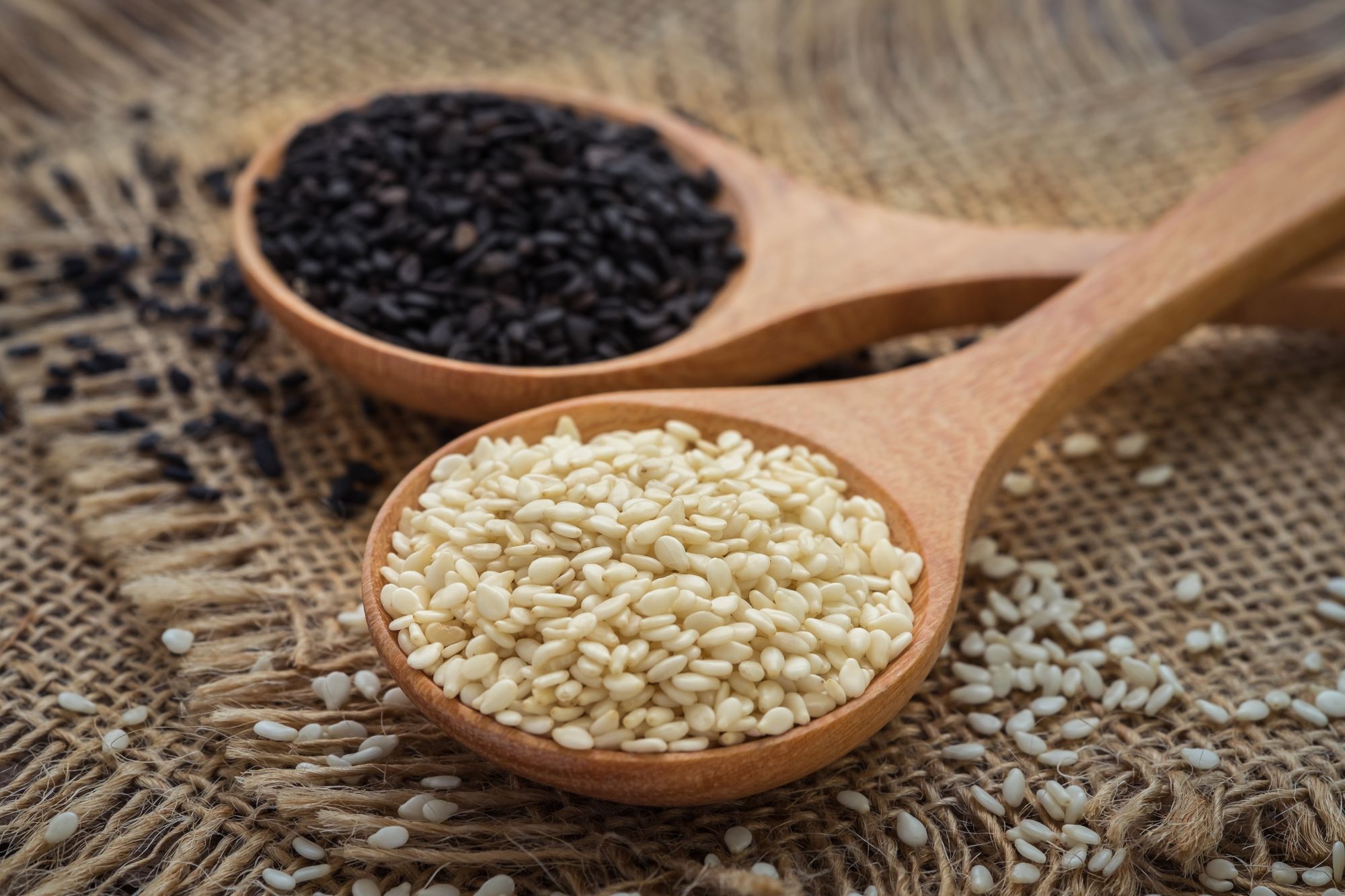
Iron per 1/4 cup: 5.2 mg (29% Daily Value)
Sesame seeds provide nearly 30% of your daily iron requirement in just a 1/4 cup serving, in addition to offering protein, fiber, potassium, and selenium—an essential nutrient crucial for thyroid function, DNA synthesis, and protection against oxidative stress damage. Thanks to their delightful nutty flavor, toasted sesame seeds make an excellent addition to salads, as a topping for vegetables, or sprinkled on your favorite types of bread. Tahini, a paste made from ground sesame seeds, can also be used to create salad dressings, sauces, or hummus.
11) Skirt Steak
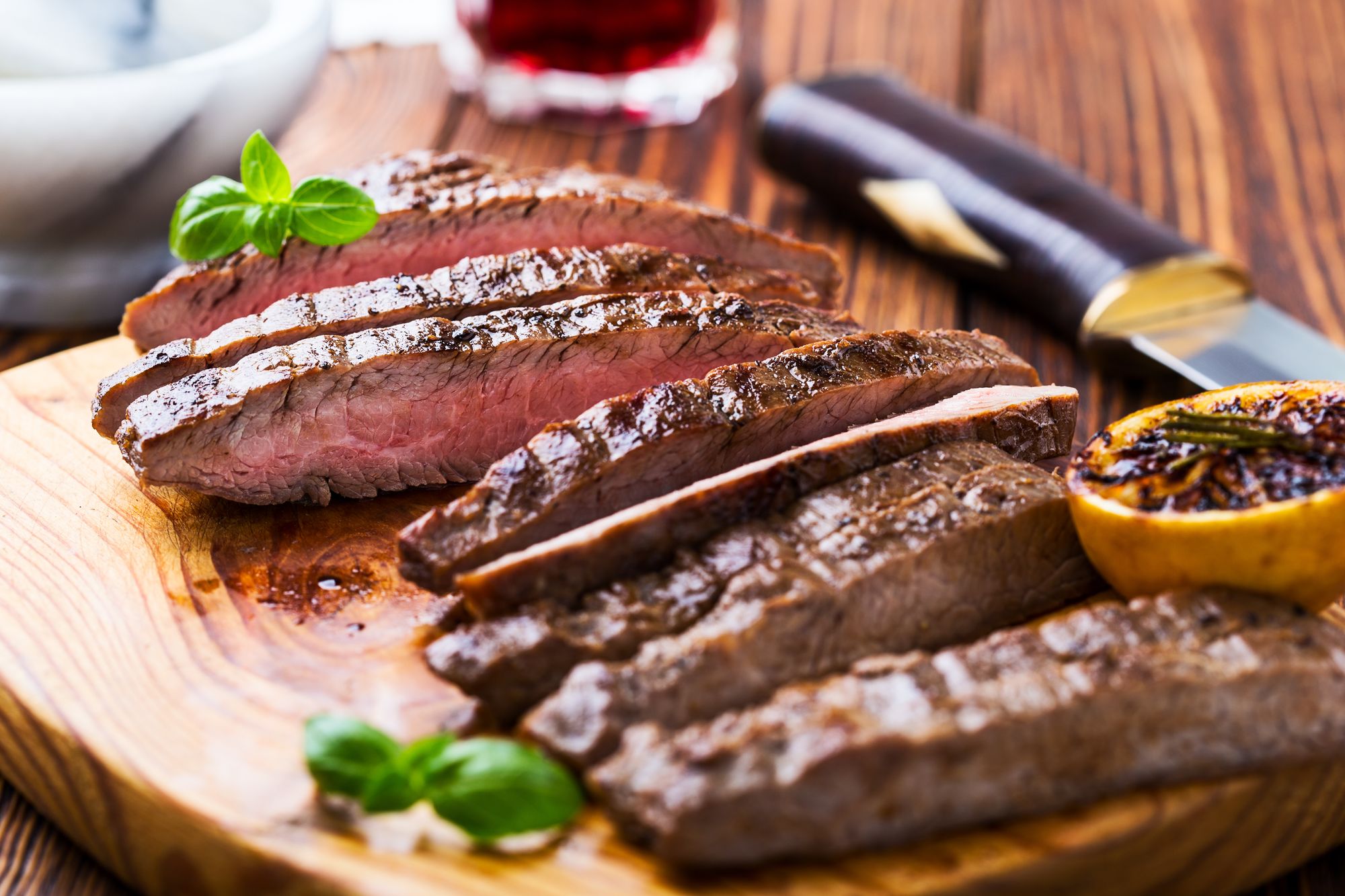
Iron per 3 ounces: 2.4 mg (13%)
Indulging in a succulent and tender steak not only satisfies your taste buds but also provides a notable iron infusion of approximately 2.4 milligrams, covering 13% of your daily iron requirement. Additionally, you'll enjoy 22 grams of protein and a substantial portion of your B vitamins with this delectable choice.
12) White Beans
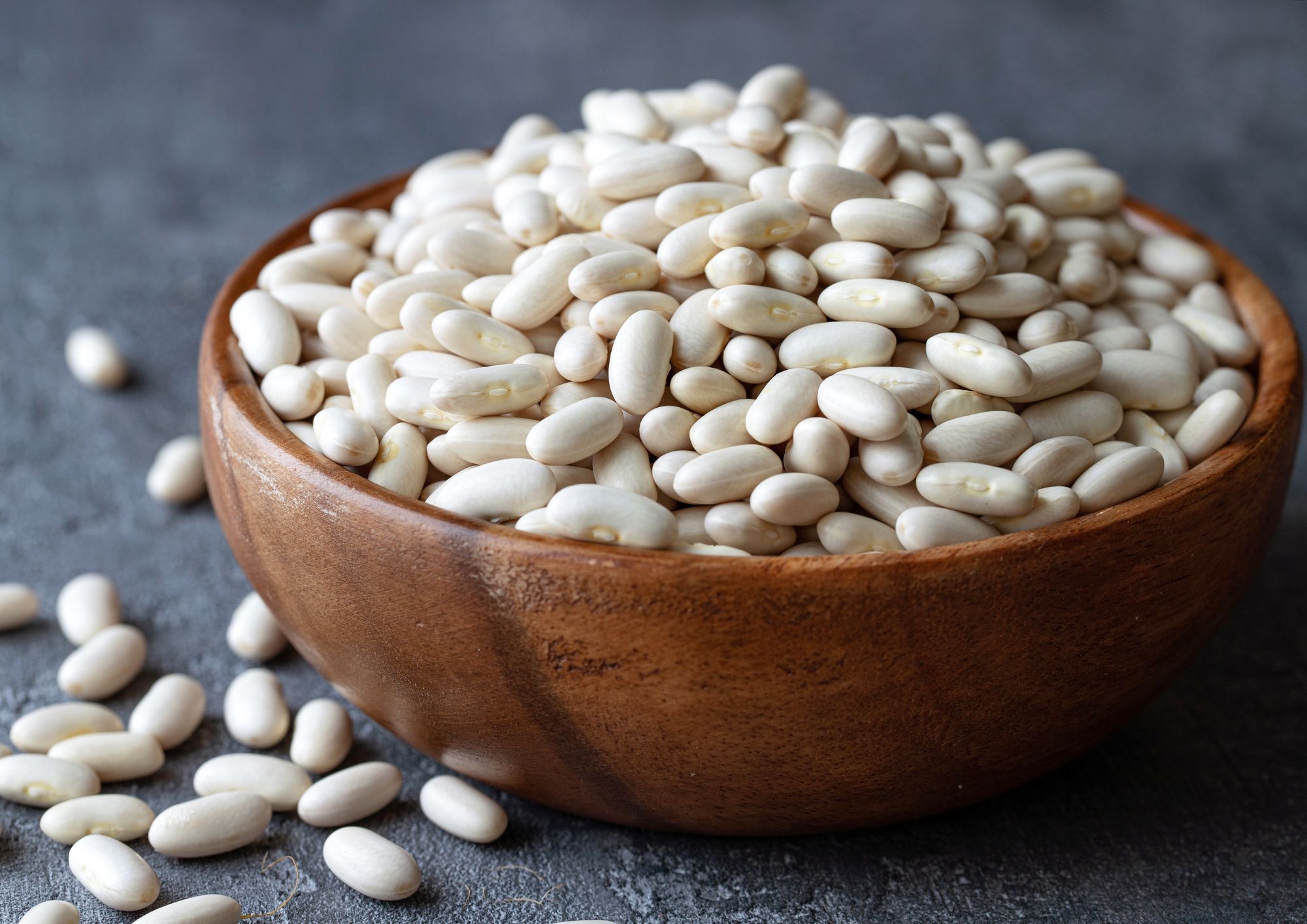
Iron per 1/2 cup, canned: 4 mg (22% Daily Value)
White beans, such as cannellini and navy beans, are excellent sources of iron and provide substantial amounts of plant-based protein and fiber, offering 10 grams of protein and 6 grams of fiber in every half-cup serving. To increase your iron intake, include white beans in your diet by incorporating them into soups, crafting white bean salads, or preparing bean dips.
13) Ground Beef
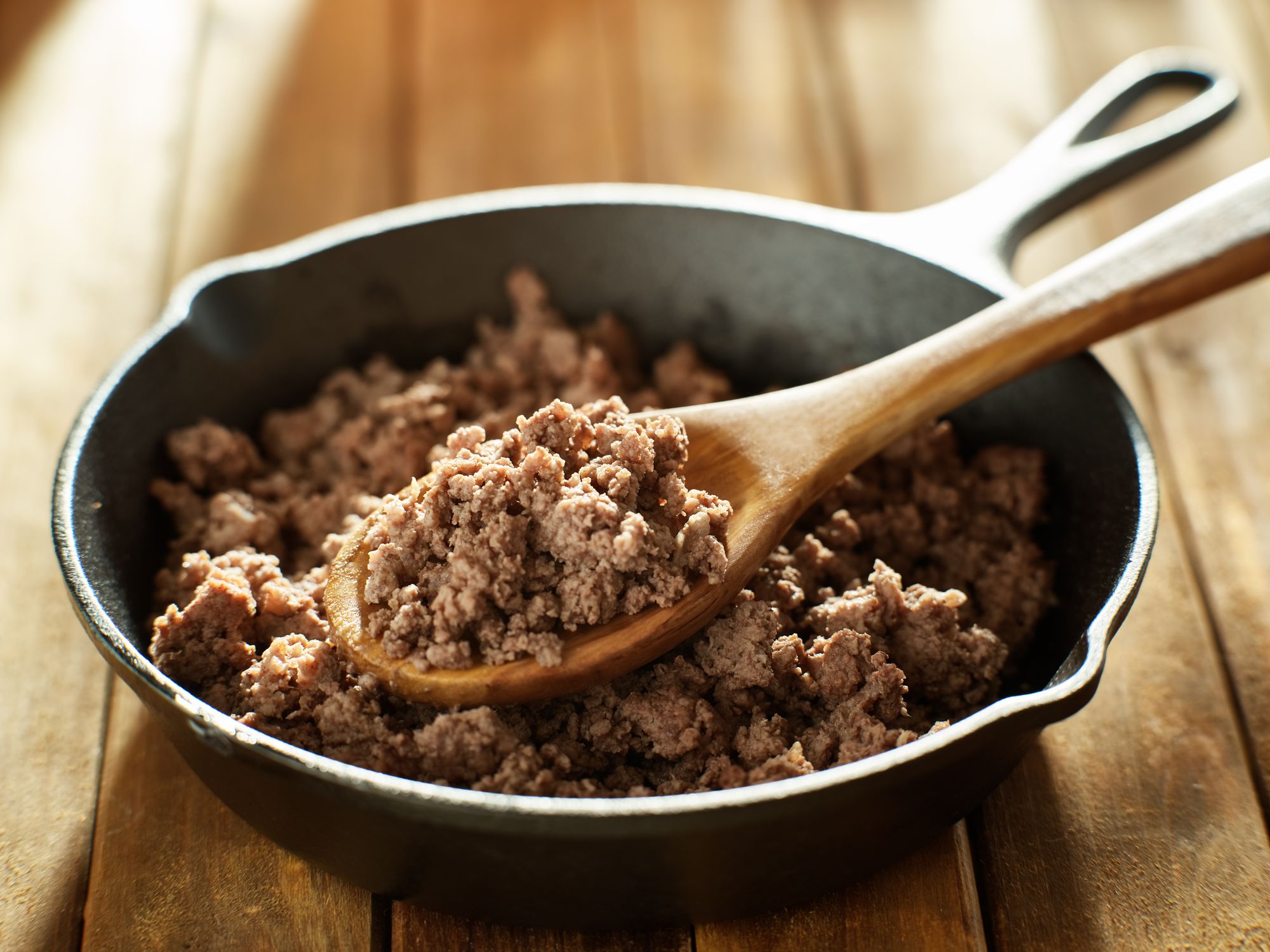
Iron per 3 ounces of ground beef: 2.3 mg (13% Daily Value)
While all cuts of beef contain heme iron, one of the most convenient and cost-effective ways to increase your iron intake is through ground beef. You can use it in various dishes like tacos, spaghetti sauce, or sauté it alongside other iron-rich foods such as spinach and beans.
For those seeking a more adventurous culinary experience and a substantial iron boost, consuming beef spleen provides a remarkable 186% of your daily iron value. However, considering that this may not be everyone's preference, sticking with ground beef still allows you to enjoy the benefits of heme iron.
14) Kidney Beans
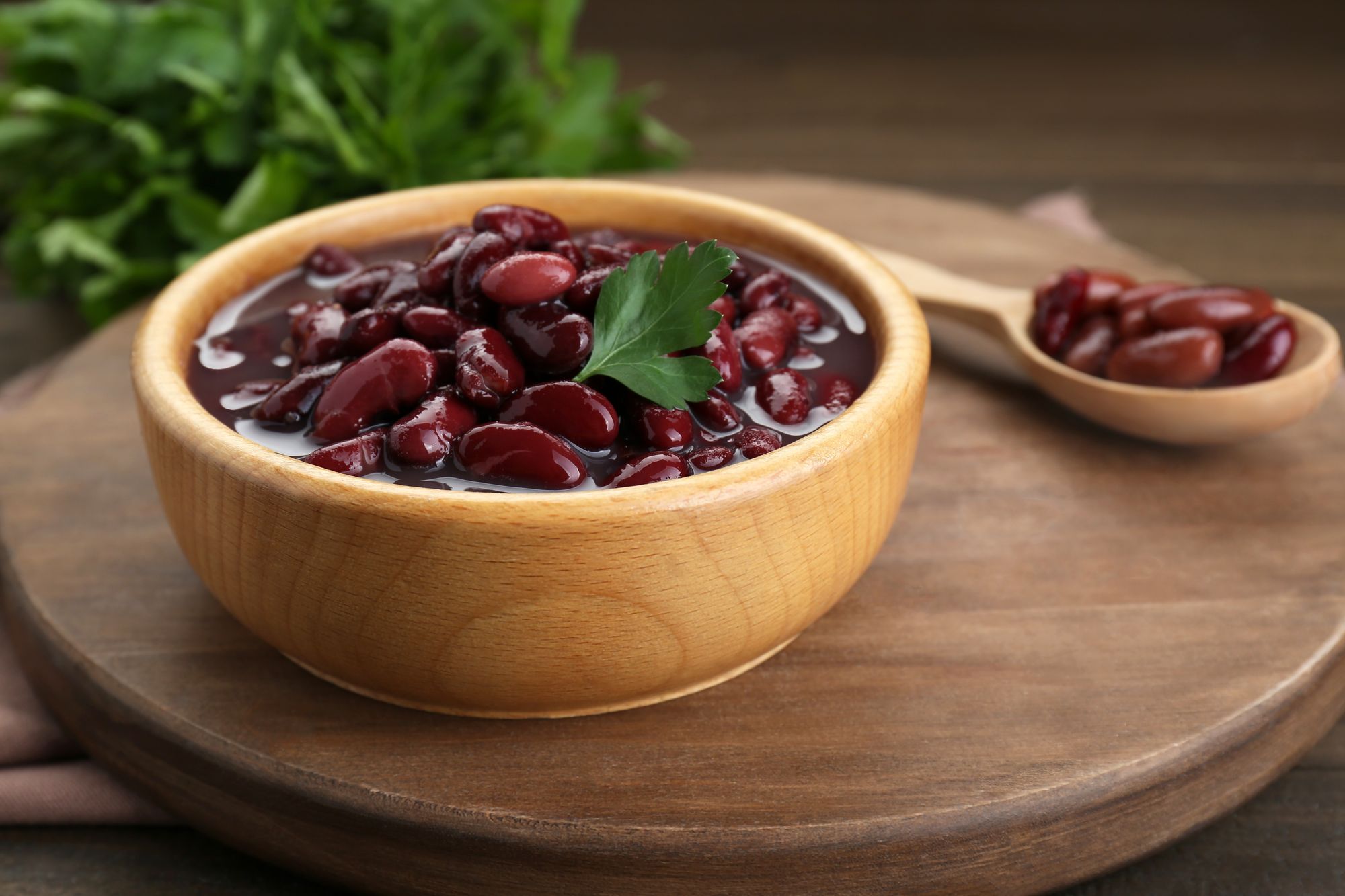
Iron per 1/4 cup: 3.8 mg (21% Daily Value)
In addition to being rich in iron, kidney beans offer a substantial 10 grams of protein and 11 grams of fiber per serving. They also contain beneficial nutrients such as calcium, potassium, and magnesium. You can incorporate kidney beans into your diet by adding them to salads, soups, or serving them with rice or quinoa for a nutritious meal.
15) Dark chocolate
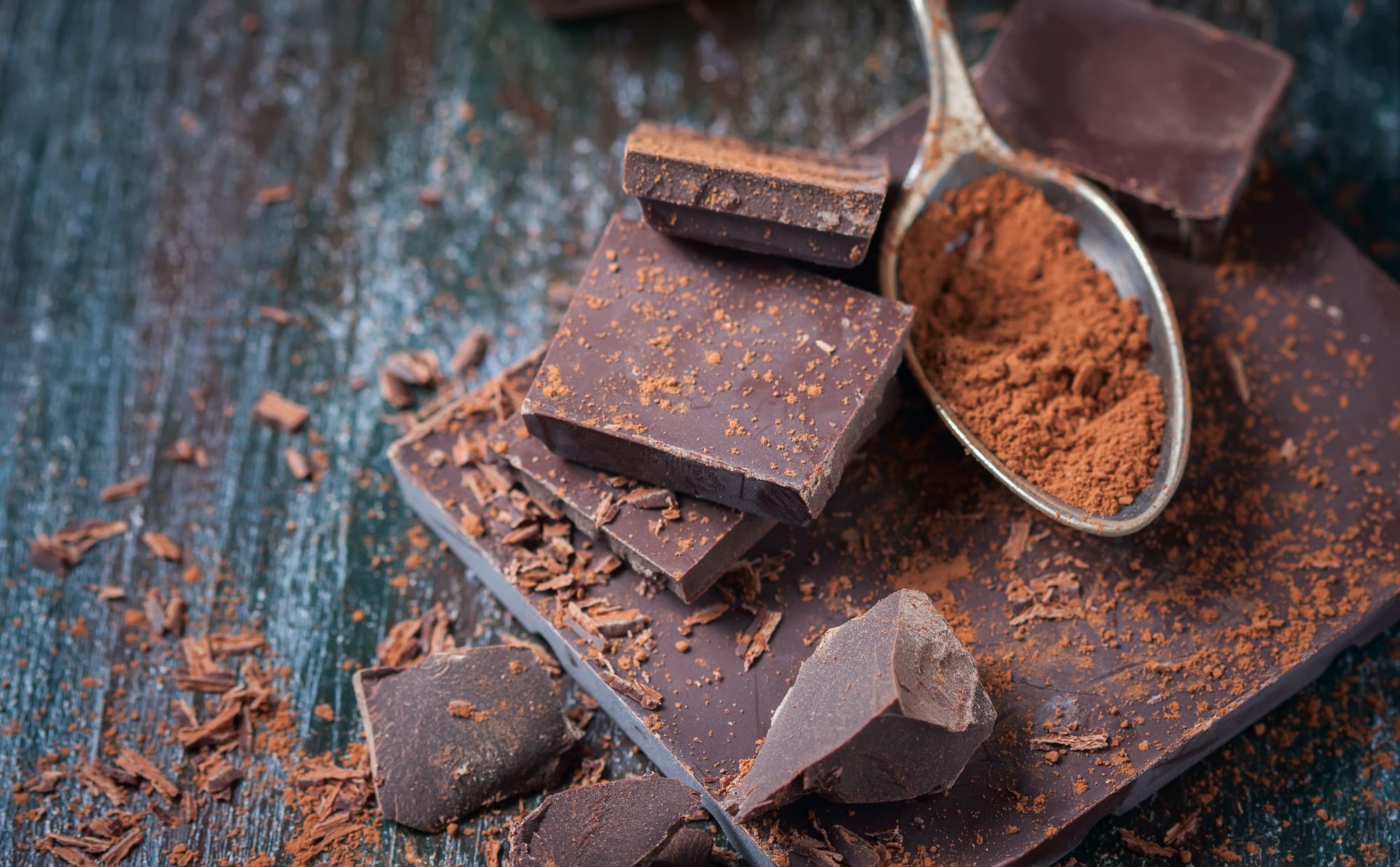
Iron per 1 ounce: 2.3 mg (13% Daily Value)
If you've ever had chocolate cravings during your menstrual period, you'll be glad to know that it's not uncommon. People who menstruate often experience blood loss during their periods, which can lead to temporary iron deficiencies. So, the next time you're on your period and craving chocolate, go ahead and indulge—especially in dark chocolate. Just one ounce of dark chocolate provides approximately 13% of your daily iron requirement, and a whole bar can cover 72%!
16) Lima Beans
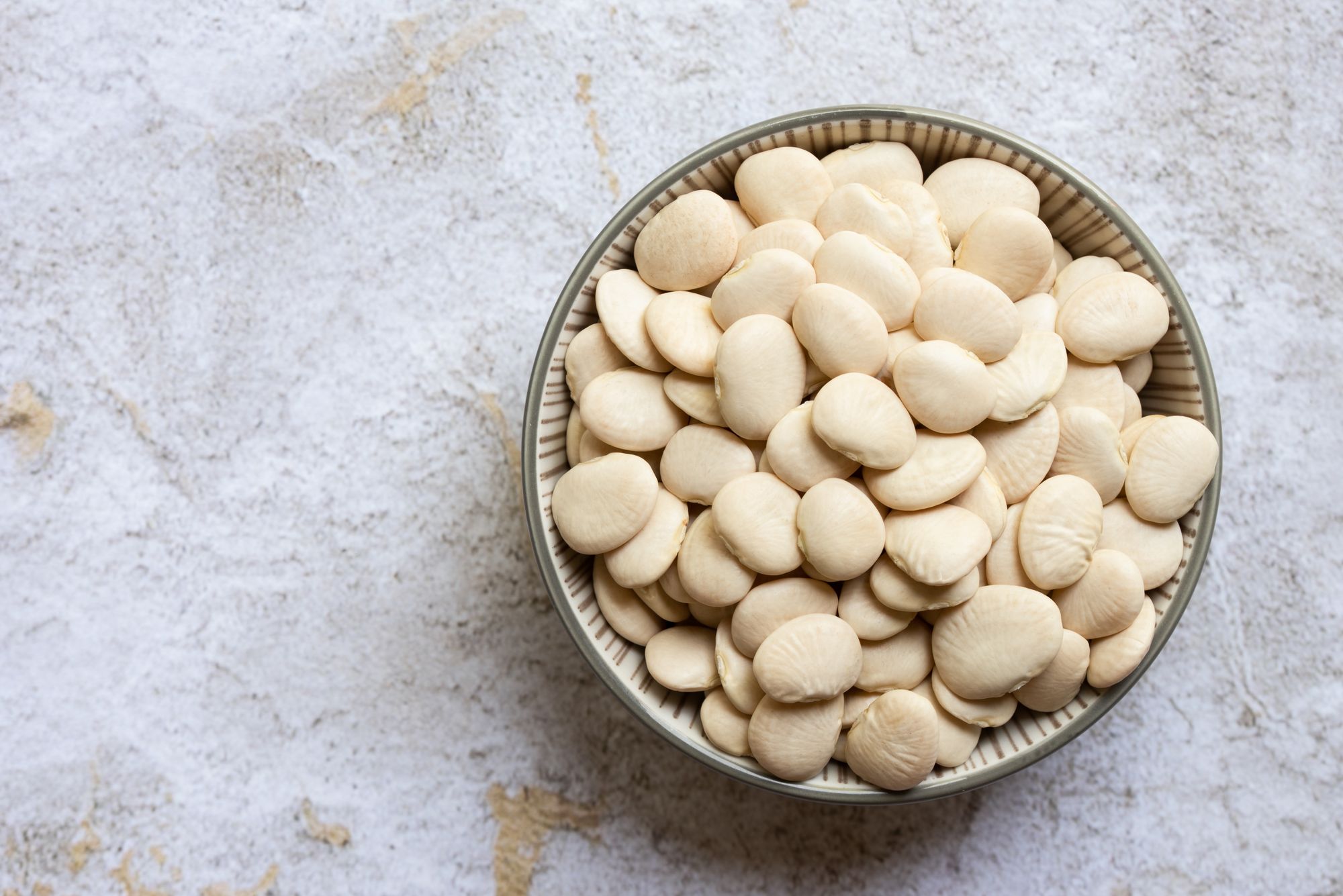
Iron per 1/4 cup: 3.4 mg (19% Daily Value)
Whether you know them as butter beans or lima beans, you're in for a nutritious treat. These beans are not only rich in iron, providing 19% of your daily value per serving, but they also offer generous amounts of protein, fiber, calcium, and potassium, with 33% of your daily potassium requirement in each serving.
17) Russet Potato
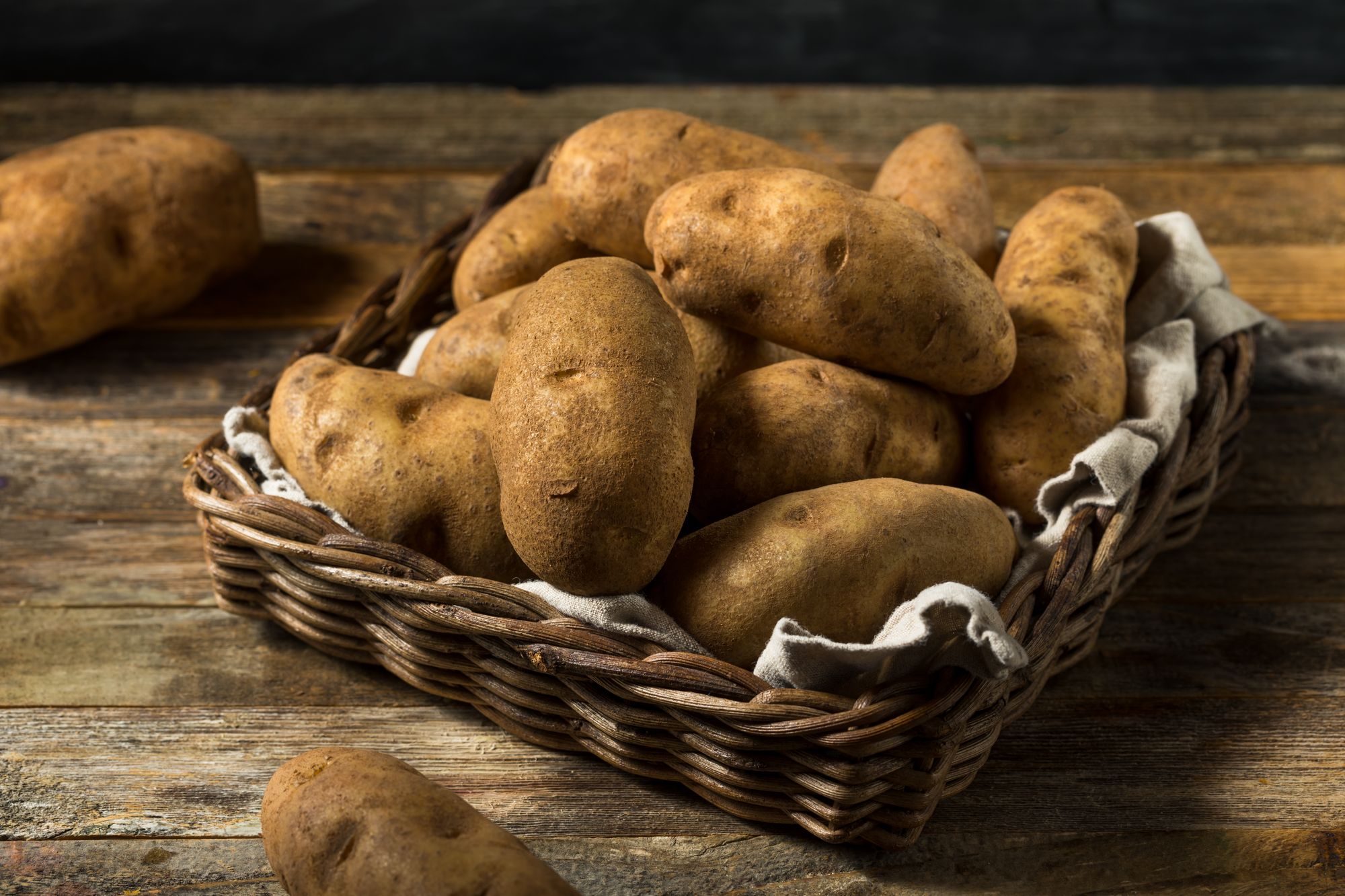
Iron per medium potato: 1.85 mg (10% Daily Value)
Whether you're preparing a baked potato, homemade fries, or Sunday morning hashbrowns, russet potatoes are a convenient and budget-friendly source of iron, providing 10% of your daily value.
18) Tofu
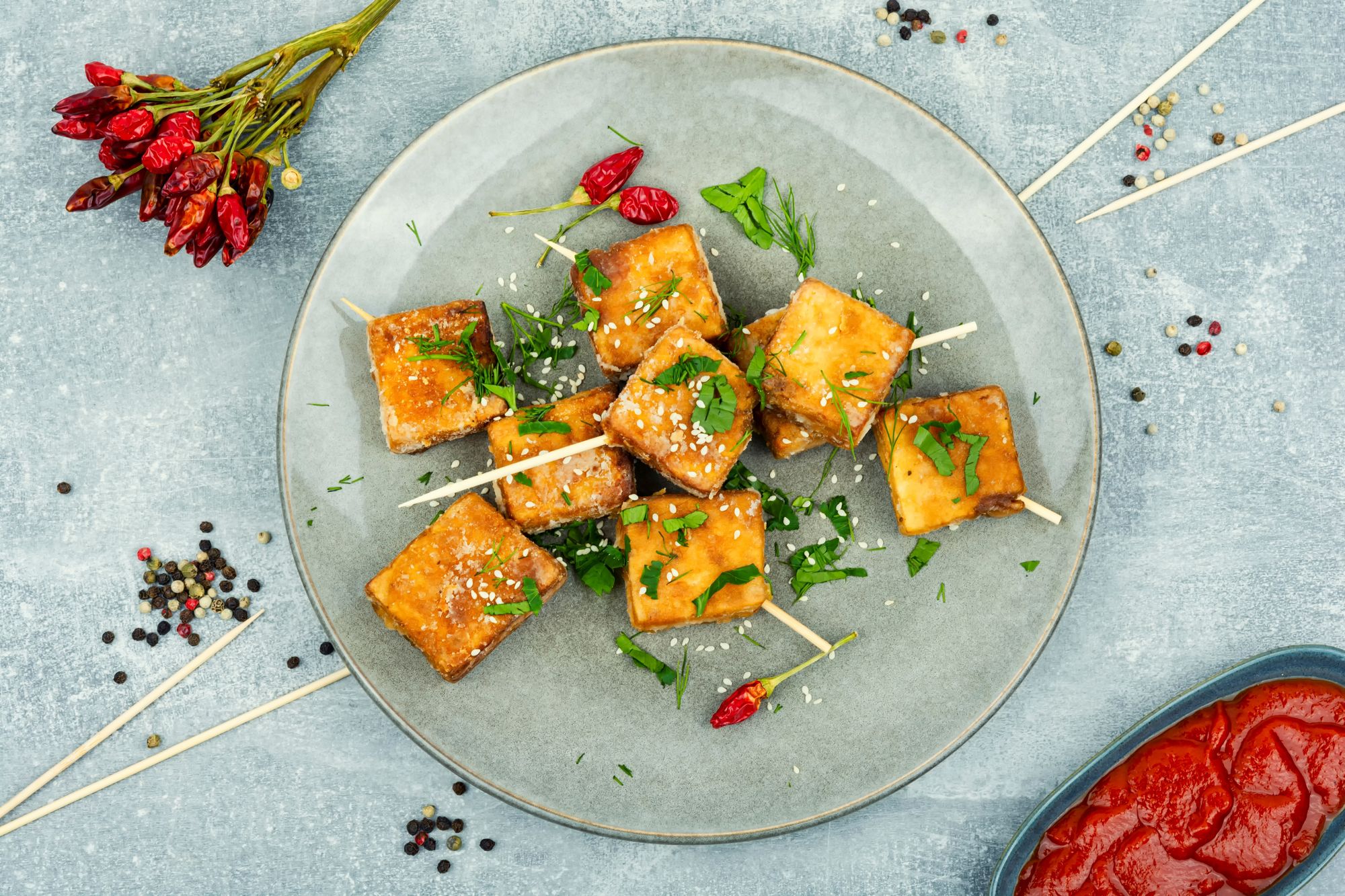
Iron per 1/2 cup, firm: 3.4 mg (19% Daily Value)
Tofu stands as an excellent plant-based protein alternative for those seeking meat-free options, providing approximately 21 grams per 1/2 cup. It's also one of the few plant proteins classified as "complete," containing all nine essential amino acids necessary for protein synthesis. In addition to its protein content, tofu offers approximately 17% of your daily iron requirement. You can enjoy tofu by frying it, sautéing it in a pan, or incorporating it into sauces or smoothies

